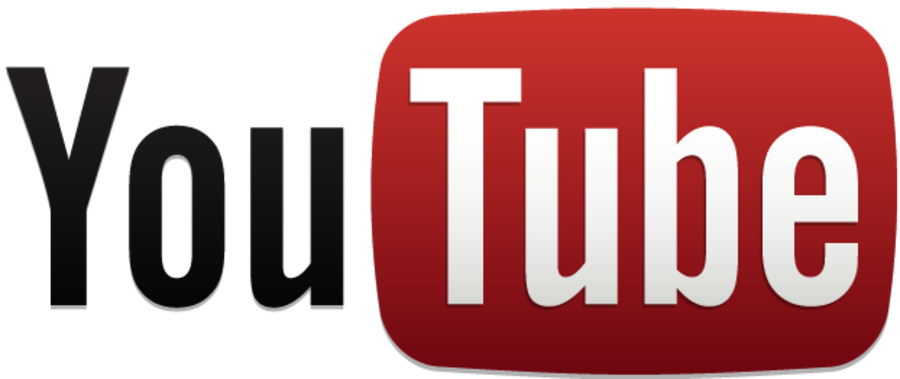YouTube to offer paid subscriptions
Loading...
The video streaming industry has gotten a whole lot more crowded lately as services such as Vessel, Sony's PlayStation Vue, DirectTV’s Sling TV, and HBO Now look to take on the likes of Netflix, Hulu, and, of course, YouTube.
While the Google owned video-sharing site has long been king, YouTube’s latest move shows that the company might be feeling pressure from the rising competition.
In an e-mail obtained by Bloomberg, YouTube announced to its partners that the company is looking to add subscriber-based content to its offerings.
Building off the success of its family-friendly YouTube Kids app and its paid music streaming service, Music Key (Beta), the company is looking for new forms of revenue and customer loyalty.
“We’re excited to build on this momentum by taking another big step in favor of choice: offering fans an ads-free version of YouTube for a monthly fee,” reads the e-mail. “By creating a new paid offering, we’ll generate a new source of revenue that will supplement your fast growing advertising revenue.”
"We're increasingly moving into an age where consumers are learning to avoid advertising," Rich Greenfield, an analyst at BTIG, told Bloomberg in an interview. "Between DVRs, Netflix and now Amazon, we're increasingly learning to lead an ad-free life."
YouTube did not announce a price or release date, but insiders told Bloomberg the service could be expected to launch by the end of the year. As for a price, there were no hints offered by sources, but some are guessing the price will fall around $10 a month, the same amount YouTube charges for Music Key.
The introduction of a paid streaming service fits Google’s larger shift away from revenue based on advertising. YouTube launched paid channels in 2013, which allowed users to rent or buy movies such as “Interstellar” or “The Interview.”
Back in October, YouTube chief executive officer Susan Wojcicki hinted at a media conference that her company might be expanding its paid services and called ad-free subscriptions an “interesting model.”
Though YouTube has suggested interest in providing more paid content for a while now, it appears the project is still in an early phase, as it expressed to TechCrunch in a statement saying that the company could not “comment on ongoing discussions.”
But in preparation for the move, YouTube has updated its Partner Program Terms, offering some insight into how much money channels will be getting out of the policy shift. Content designers will receive 55 percent of the “total net revenues recognized by YouTube,” the same percent as with traditional advertising revenue.
As reported by TechCrunch, the new agreement reads as follows:
YouTube will pay you 55% of the total net revenues recognized by YouTube from subscription fees that are attributable to the monthly views or watchtime of your Content as a percentage of the monthly views or watchtime of all or a subset of participating content in the relevant subscription offering (as determined by YouTube). If your Content is included in and viewed by a user in multiple subscription offerings, YouTube will pay you based on the subscription offering with the highest amount of net revenues recognized by YouTube, as calculated by YouTube.






